Garmin Forerunner 955 vs. Coros Apex Pro: Which should you buy?
Two premium running watches offering a ton of data and battery life — but Garmin and Coros focused on different tools.
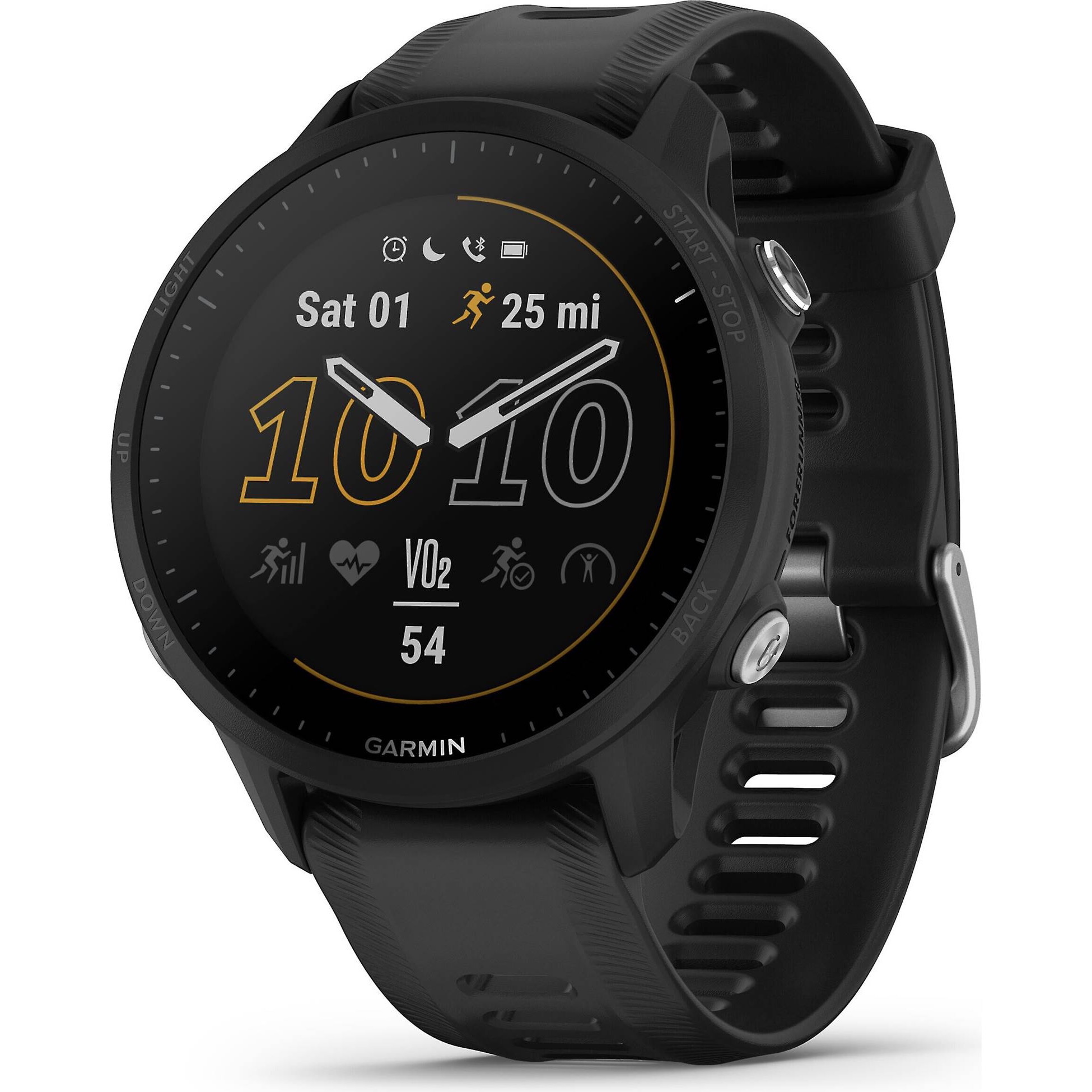
Sun-powered, data-backed workhorse
The Garmin Forerunner 955 (with or without solar) is an advanced device with nearly every perk Garmin watches are capable of, including real-time stamina levels, dual-frequency GPS, and a newly-added touchscreen. It'll give you workout recommendations or coach training programs to follow and a battery that won't quit for weeks.
For
- Larger display
- NFC and music storage
- Auto-recommended workouts
- More real-time running data
- Multi-frequency GPS
- 15-day/42-hour battery life
Against
- More expensive
- Plasticky, button-heavy, thick design
- Shorter overall battery life
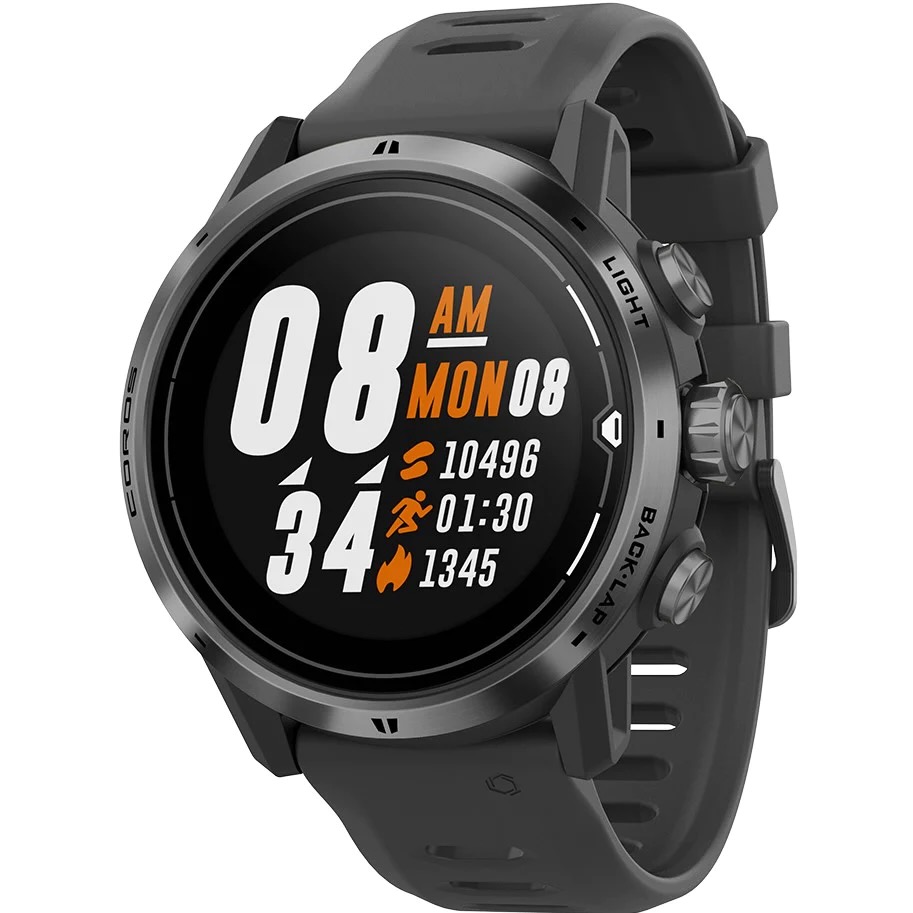
Premium design, same data, better price
Coros designed its Apex Pro with a titanium frame and sapphire glass, making it relatively lightweight and very durable. Coros EvoLab tracks most of the same metrics as Garmin Connect, and you'll find tons of official coaching plans and workouts here as well. It doesn't have all of Garmin's smarts but will save autonomous runners a decent chunk of money.
For
- Digital dial for smooth navigation
- Titanium bezel and sapphire glass
- 10ATM water resistance
- More affordable price
- 30-day/40-hour battery life
Against
- No tap-to-pay, music storage, or multi-band GPS
- No workout recommendations
Although Garmin is the most well-known hardcore runners brand, Coros is a respected alternative known for providing similar metrics and recommendations at a more affordable rate. The Garmin Forerunner 955 and Coros Apex Pro are both premium multisport watches targeting the most serious athletes, with the latter predictably costing less. So should you save money or spend top dollar to help hit your PR? We'll break down every difference in specs and software to help you decide.
Garmin Forerunner 955 Solar vs. Coros Apex Pro: Specs breakdown

Both of these premium fitness smartwatches look and perform pretty similarly at first glance. The Forerunner 955 touchscreen display is 0.1-inches larger, but both have the same type of MIP display and the same pixels per inch. They're both compatible with 22mm bands. And both have the exact same sensors for tracking movement and health data.
But they have some significant differences once you take a closer look at the size, materials, and features under the hood.
| Category | Garmin Forerunner 955 | Coros Apex Pro |
|---|---|---|
| Price | $500 | $400 |
| Display | 1.3-inch (33mm) MIP touchscreen | 1.2-inch (30.5mm) MIP touchscreen |
| Resolution | 260x260 | 240x240 |
| Screen material | Gorilla Glass DX | Sapphire Glass |
| Water resistance | 5ATM | 10ATM |
| Dimensions | 46.5 x 46.5 x 14.4mm | 47 x 47 x 13.4mm |
| Weight | 53 g (silicone strap) | 59g (silicone strap); 49g (nylon strap) |
| Buttons | 5: Select, back, backlight, scroll up, scroll down | 3: Digital dial, back, backlight |
| Bezel material | Fiber-reinforced polymer | Grade 5 Titanium Alloy |
| Band size | 22mm quick-release | 22mm quick-release |
| Multi-GNSS/ Dual-frequency GPS | ✔️ | 🚫 |
| Music storage | ✔️, 2000 songs | 🚫 |
| NFC/ tap-to-pay | ✔️ | 🚫 |
| Sensors | Heart rate monitor, barometric altimeter, compass, gyroscope, accelerometer, thermometer, pulse ox | Heart rate monitor, barometric altimeter, compass, gyroscope, accelerometer, thermometer, pulse ox |
| Solar panel | ✔️, $100 surcharge | 🚫 |
The Coros Apex Pro is a millimeter thinner, which doesn't sound like much but does make it less likely to stick out from your wrist and more likely to feel comfortable for sleep tracking. It has a more stylish, lightweight titanium bezel to go with the aluminum cover, making it look the part of a premium watch, while the Forerunner 955's plastic look belies the price.
Even though titanium is lighter than plastic, the Coros Apex Pro weighs 6g more than the Forerunner 955 if you choose the silicone band. You can get a lighter fit with the nylon band, but I found it to be itchy and water-absorbant when I tested it on the Coros Pace 2, so you may want to choose the heavier, more comfortable option to match the 955.
Part of the weight disparity may come from how much more rugged the Apex Pro is: It has 10ATM water resistance versus the Forerunner 955's standard 5ATM, in addition to sapphire glass that's more likely to withstand scratches. The Forerunner 955 has its own protection with Gorilla Glass DX. Sapphire is more scratch-resistant, but Gorilla Glass is arguably more shock-resistant and reduces reflective sunlight more, making it easier to read.
The other major physical difference between the two devices is Coros' signature digital dial, which gives you a consistent way to scroll through menus or unlock the watch without having to rely on a touchscreen. While the digital dial has a 3-in-1 button, Garmin uses three separate buttons to fulfill that function, two for scrolling up and down.
Garmin Forerunner 955 Solar vs. Coros Apex Pro: Battery life and GNSS tracking
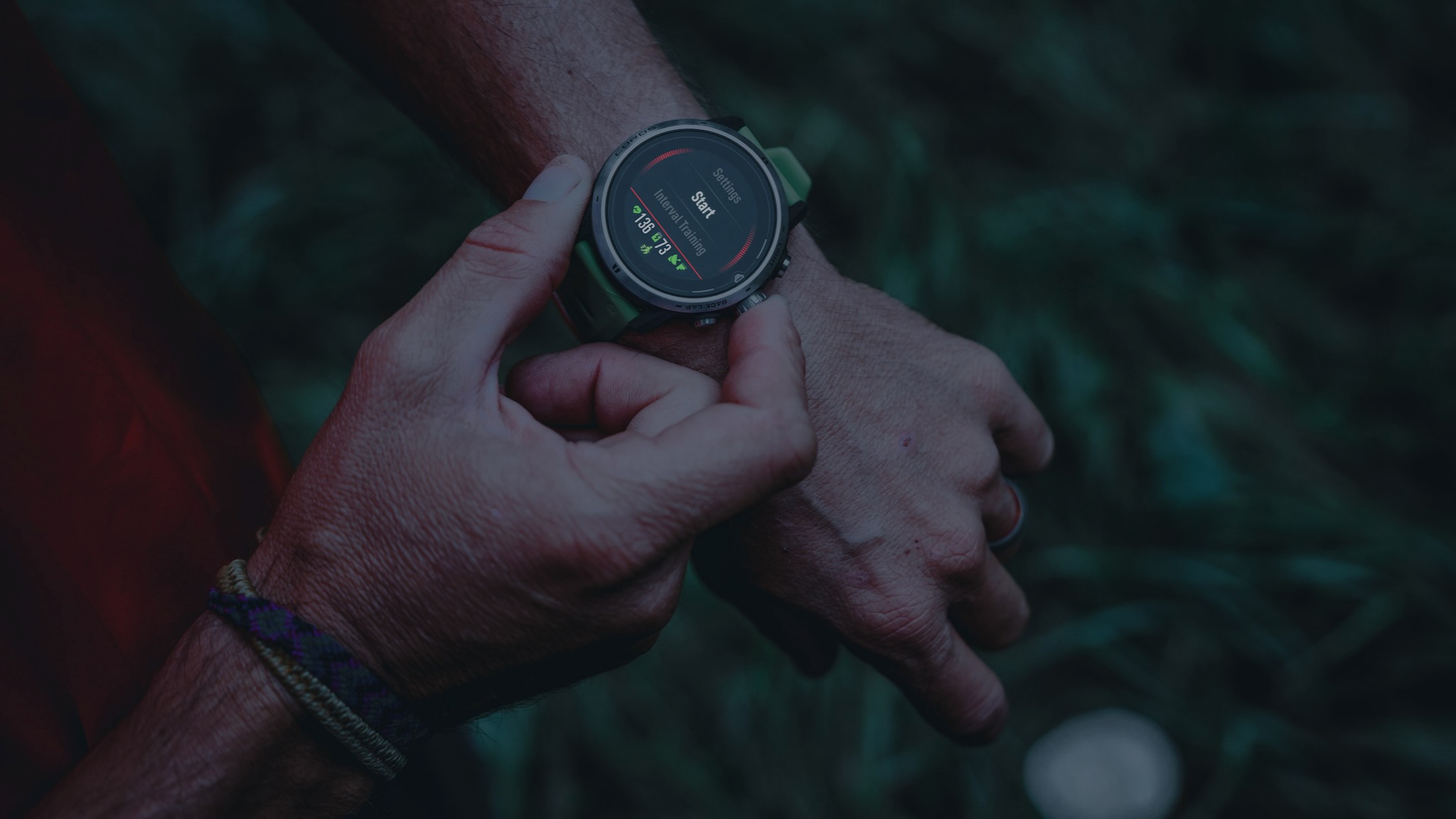
If you want a definitive battery life "winner" between the Garmin Forerunner 955 and Coros Apex Pro, you're going to be disappointed. Each device has clear strengths over the other, and your results will vary based on whether or not you buy the Solar-powered 955. But they're both among the most long-lasting touchscreen watches on the market today, and you shouldn't be disappointed by either.
| Battery Life | Garmin Forerunner 955 | Coros Apex Pro |
|---|---|---|
| Smartwatch mode | 15 days / 20 with solar | 30 days |
| GPS-only | 42 hours / 49 with solar | 40 hours |
| Coros UltraMax / Garmin Ultratrac modes | 80 hours / 110 with solar | 75 hours |
| All systems GNSS | 31 hours / 34 with solar | 🚫 |
| All systems + multi-band GPS mode | 20 hours / 22 with solar | 🚫 |
| GPS with music | Up to 10.5 hours | 🚫 |
| All systems + multi-band with music | Up to 8.5 hours | 🚫 |
If you simply wear both watches without taking them out for GPS-tracked runs, the Coros Apex Pro will last twice as long as the Garmin Forerunner 955. Taking continuous GPS into account, both watches are actually very comparable, with only the 955 Solar panel giving it a respectable lead.
For multi-day, max battery hiking excursions, in particular, Garmin's solar panel will extend the watch's life well past the point that Coros' would die. It's well suited for those who spend plenty of time outdoors in frequent sunlight every day. But, of course, the 955 Solar is $200 more expensive than the Apex Pro, so you have to decide if these gains are worth that.
Where the Apex Pro definitively falls short is in tracking accuracy. Unlike the Coros Vertix 2, the Apex Pro only has single-frequency GNSS enabled, while the Forerunner 955 can track using two GNSS systems simultaneously and across both L1 and L5 satellite frequencies simultaneously. These tools significantly reduce the 955 battery capacity but justify it with much more accurate GPS mapping, as the dual tracking signatures help pinpoint your location and reduce false data. We tested the feature in the Forerunner 255 and were highly impressed with the result.
GPS alone might be enough for you, especially since it makes your watch last much longer. But suppose you're adventuring in areas with tons of signal-blocking foliage or in remote mountain ranges where satellites struggle to reach. In that case, you may appreciate the better coverage that the Forerunner 955 offers.
Garmin Forerunner 955 Solar vs. Coros Apex Pro: Key software features
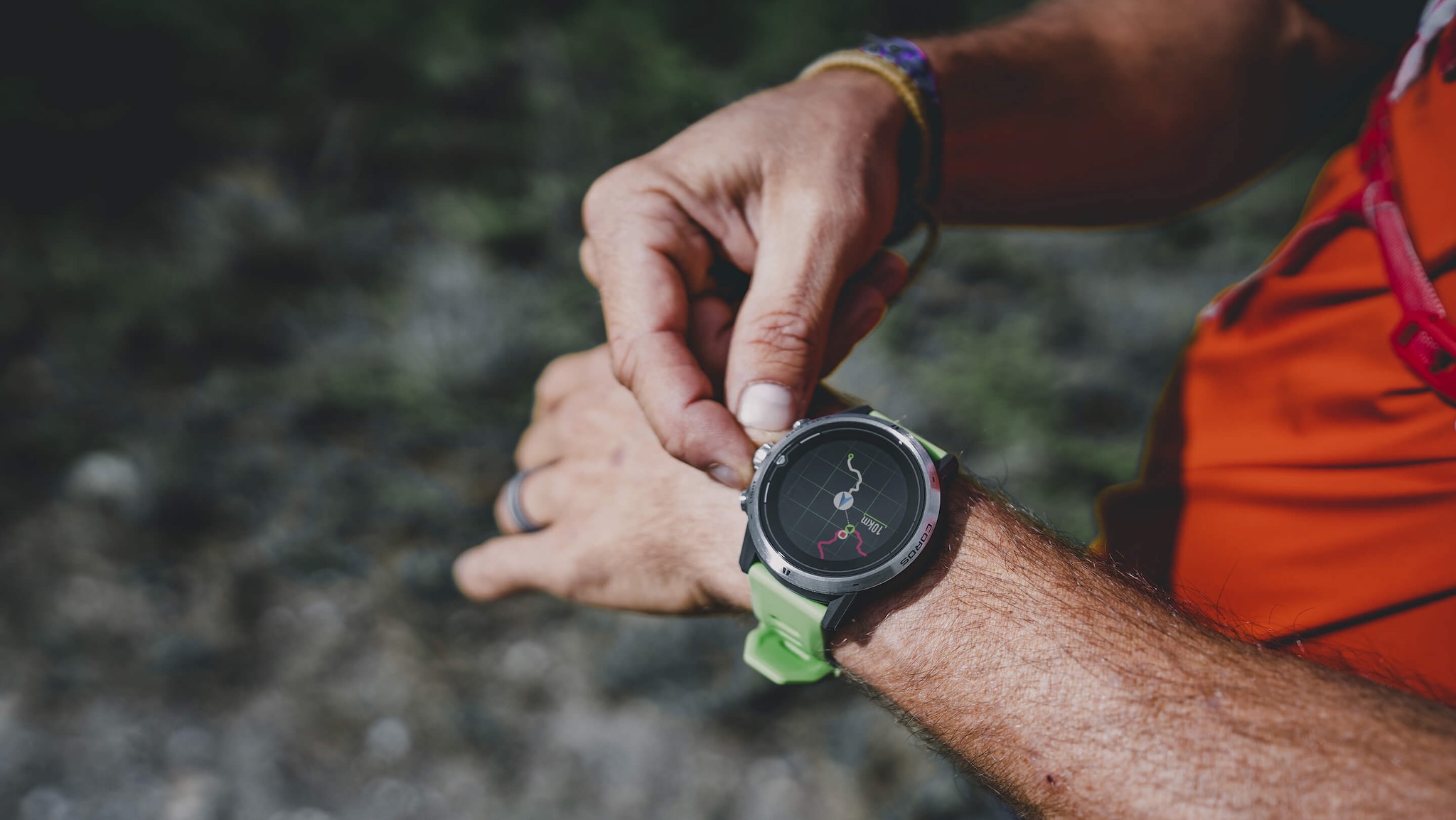
One trait that Garmin and Coros watches share is their near-endless supply of software widgets and tools that require days of diving into menus and settings to take full advantage of them. As such, it would take too long to compare and contrast every single feature. Suffice it to say that in addition to being two of the best brands for running watches, they also have plenty of other sports modes for other types of athletes.
Without getting too lost in the details, let's compare the main features that both watches either share or exclusively support:
Training recommendations: Both Garmin and Coros have free workout plans devised by running experts that will prepare you for upcoming races, as well as workouts you can follow that challenge you to hit certain paces, heart rates, and/or distances. Where Garmin steps ahead is in its AI-generated daily suggested workouts based on your fitness level and past workouts; you'll see the recommendation in the daily Morning Report widget. Coros relies on manual training plans, which is a better fit for more meticulous runners or those who train in groups instead of by themselves.
Training data during and after workouts: During a run, the Forerunner 955 can give you data on your real-time stamina, your pace relative to whatever goal you set, and your performance condition. Coros can give you data on heart rate, running power, and the training load of your current workout against past workouts in real time — but does lack some of Garmin's exhaustive detail.
After a run, however, both watches give pretty similar data: the aerobic and anaerobic training effect of the workout, your fatigue level after a run or after your sleep (aka Body Battery score), your current predicted race paces, how your run performance compared to past training, and how long to wait to recover from a tough or easy training session.
Navigation: Both watches support offline, downloadable, full-color maps with turn-by-turn navigation, checkpoints, and trackback. Garmin Climbpro gives you real-time data on upcoming elevation gains or dips, so you're forewarned when you're coming up on a tough section of the race.
HRM and SpO2: Both watches support 24/7 heart rate monitoring and blood oxygen monitoring. Coros specifically provides "hourly acclimatization evaluations" for when you're training or racing in higher altitudes, something useful if you think you're dealing with elevation sickness.
As for heart rate tracking, Garmin added heart rate variability (HRV) support to the 955, which it uses to detect stress and determine how much energy you're using up or regaining at night. The Apex Pro doesn't support HRV tracking, however.
Music storage: Only Garmin allows you to store music and play them on wireless earbuds without your phone nearby. The Forerunner 955 has capacity for 2,000 songs, which you can pull from Spotify, Deezer, or Amazon Music playlists, or from your own music files using the Garmin Express desktop app.
NFC: Garmin Pay allows you to store your debit or credit card and tap your Forerunner 955 at participating physical stores to pay for something. It's especially handy if you prefer to leave your wallet at home during workouts. Unfortunately for Coros Apex Pro buyers, it doesn't support NFC.
Garmin Forerunner 955 Solar vs. Coros Apex Pro: Which should you buy?
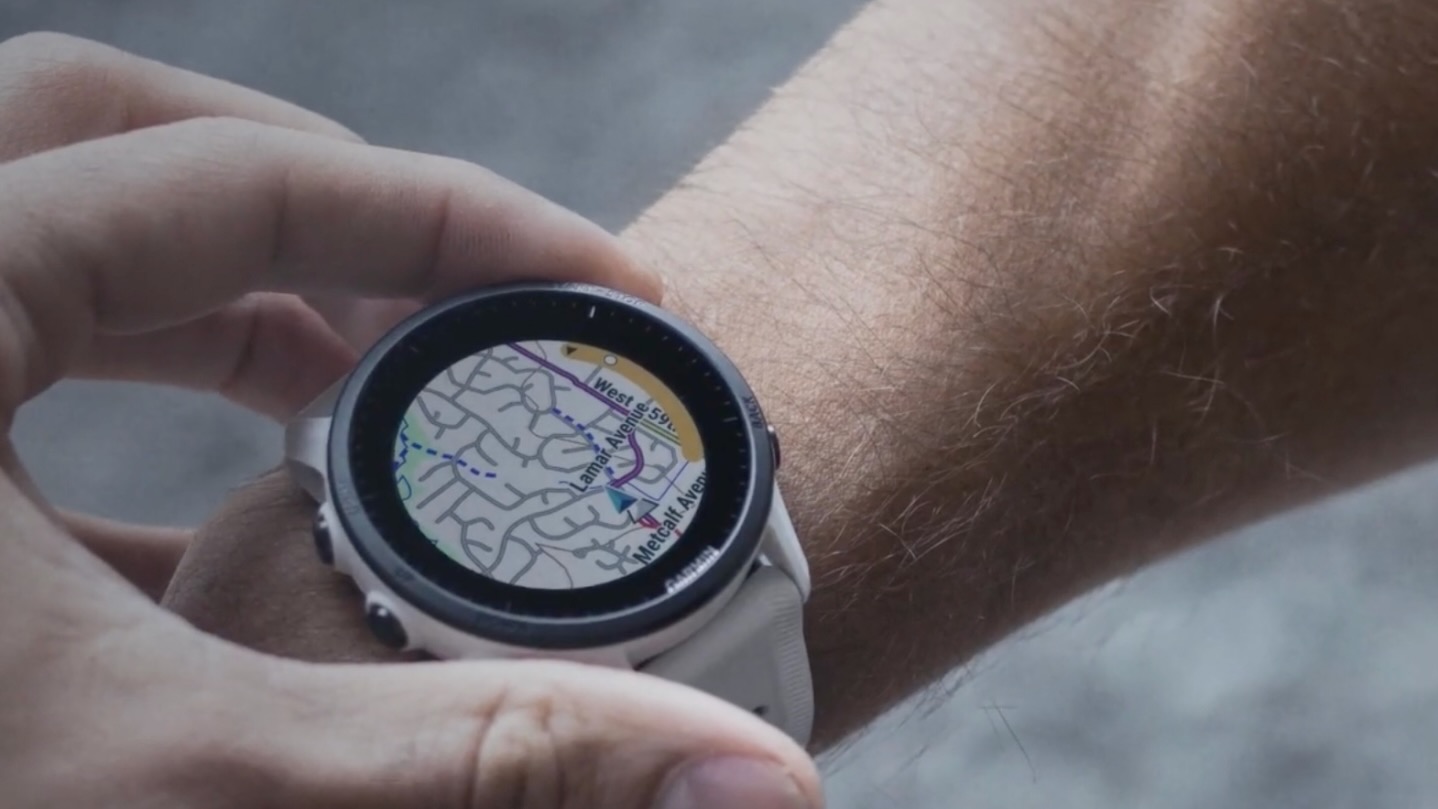
The Coros Apex Pro gives you access to the brand's signature data and workouts, bundled into a premium design with durable materials and a useful digital dial. It's better suited for self-guided runners that don't need recommended workouts, who'd rather design their own from Coros' range of coach-created training sessions.
The Garmin Forerunner 955 relies on the company's data expertise to guide you more directly towards your fitness goals, though it also has manual workout calendars you can follow if you so choose. It's pricier and uglier than the Apex Pro but more than makes up for it with exclusive tools like multi-band GPS, HRV tracking, real-time stamina, and so on.
Both are strong options for runners that want a premium experience, at slightly different price points. Your budget, your need for Garmin-exclusive tools like music storage and NFC, and your temperament as an athlete will determine which is the better fit.
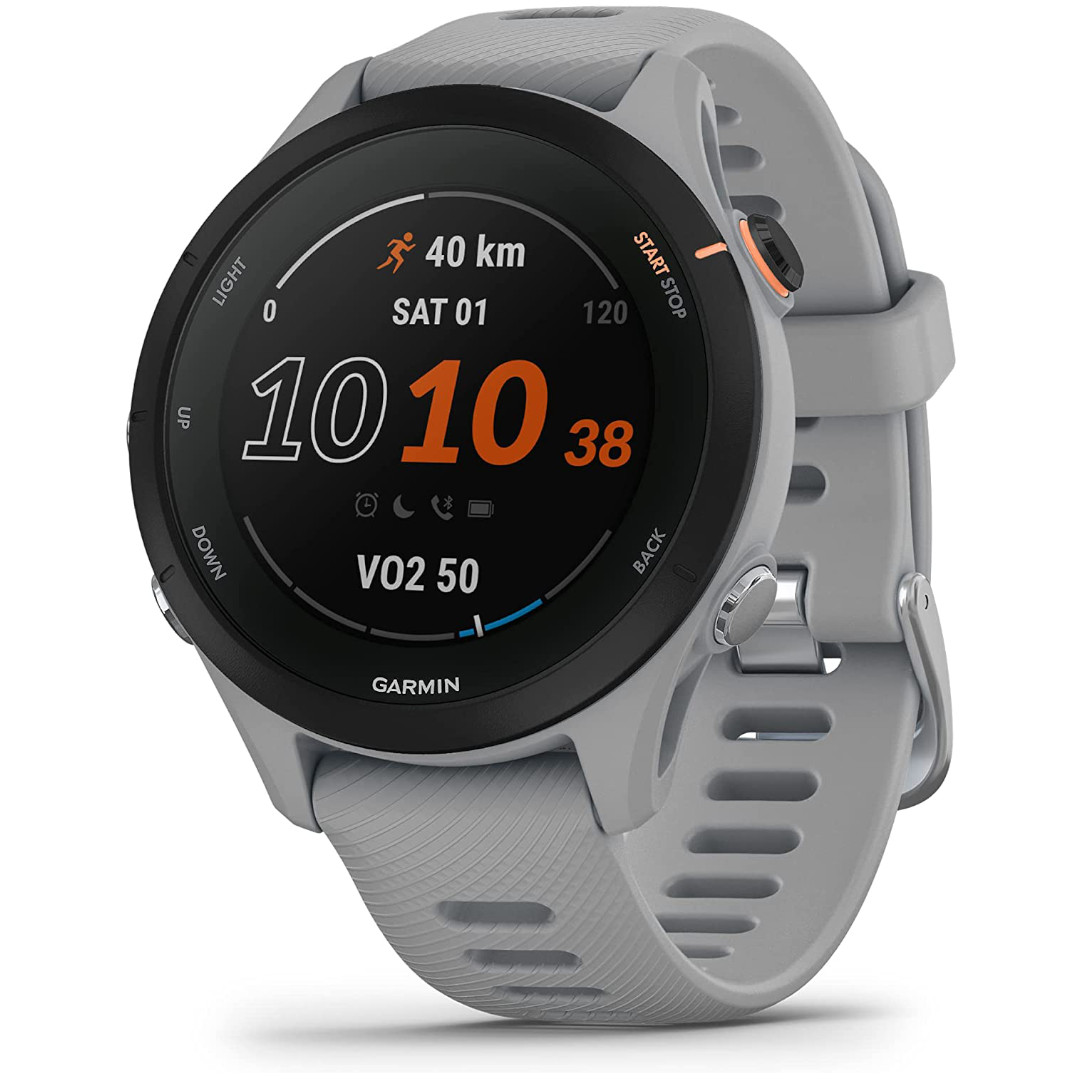
Longer max battery and more "smarts"
If you'd rather get flexible daily workout recommendations based on your current training and VO2 Max instead of following a rigid coaching plan, Garmin Forerunner 955 should be your choice. It'll keep close watch on your real-time stamina to ensure you don't overtrain, and it adds cool tools like Garmin Pay and music storage that Coros neglected.

Longer daily battery, better design and navigation
Only much thicker and heavier watches can beat the Apex Pro's 30-day battery life; not even the 955 Solar can do it. It's comfortably thinner and looks great thanks to the titanium bezel. The digital dial gives you better UI dexterity during workouts, while the touchscreen is great for daily use. And its price makes it more accessible to those who can't afford the 955.
Be an expert in 5 minutes
Get the latest news from Android Central, your trusted companion in the world of Android

Michael is Android Central's resident expert on wearables and fitness. Before joining Android Central, he freelanced for years at Techradar, Wareable, Windows Central, and Digital Trends. Channeling his love of running, he established himself as an expert on fitness watches, testing and reviewing models from Garmin, Fitbit, Samsung, Apple, COROS, Polar, Amazfit, Suunto, and more.
